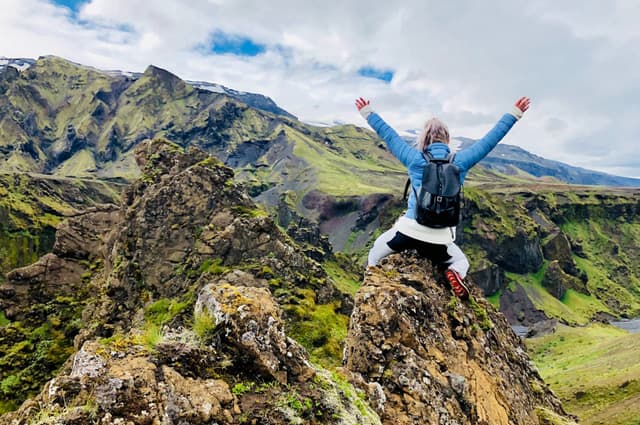




Where would we be without trails? It is a simple question, but it is worth pondering. The longer you sit with this question, the more you will discover the overwhelming impact that trails have on our lives, often in very unexpected ways.
Whether hiking, bicycling, riding on horseback or participating in motorized recreation nearly everyone uses trails for a similar goal – to spend time outdoors. This time outside, whether a short walk down a paved trail to work in an urban setting, or a hike to a point reachable to only a few Americans makes trail users happier people.

Spending even 20 minutes outside will have short term effects on the brain to reduce stress.
Your guide to the benefits of trails for individuals, communities, and economies.
Trails, by their very nature, promote social, racial, gender, and economic equity. They are almost always free to use, are available 24/7/365, and provide transportation alternatives no matter what mode of travel you use.
Hiking trails, equestrian trails, OHV trails, water trails, biking trails, and snow trails are all integral to the $887 billion dollars brought in annually by outdoor recreation.

That trails don’t just exist that they need to be maintained, that they need to be supported financially and politically or they are at threat of disappearing.

A 2013 Government Accountability Office (GAO) report found that: The Forest Service has more miles of trail than it has been able to maintain, resulting in a persistent maintenance backlog with a range of negative effects.

More people than ever are using our trails, and our trail inventory has not kept up with population growth.

The truth is, different user types often need different amenities, but we all have far more in common than not. When conflicts inevitably arise, what do we do?
31,518 views • posted 02/19/2020